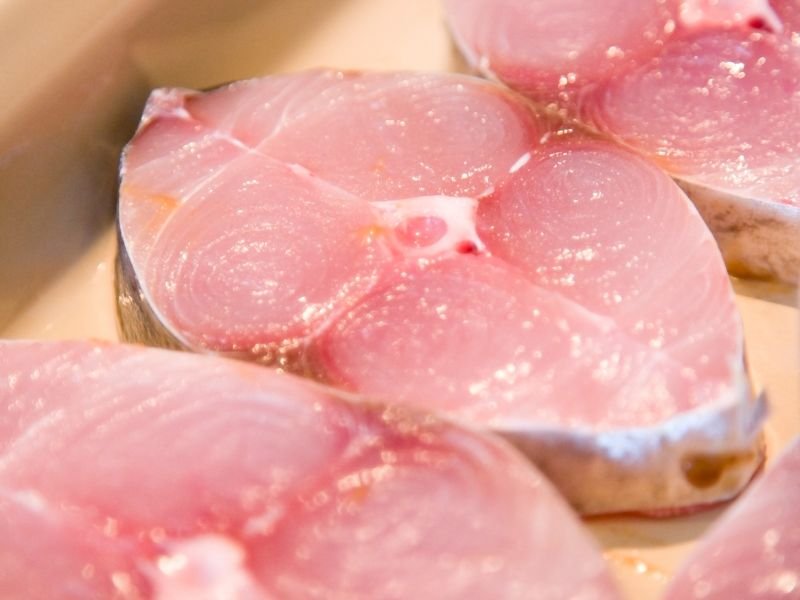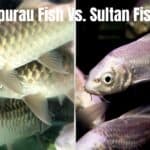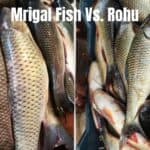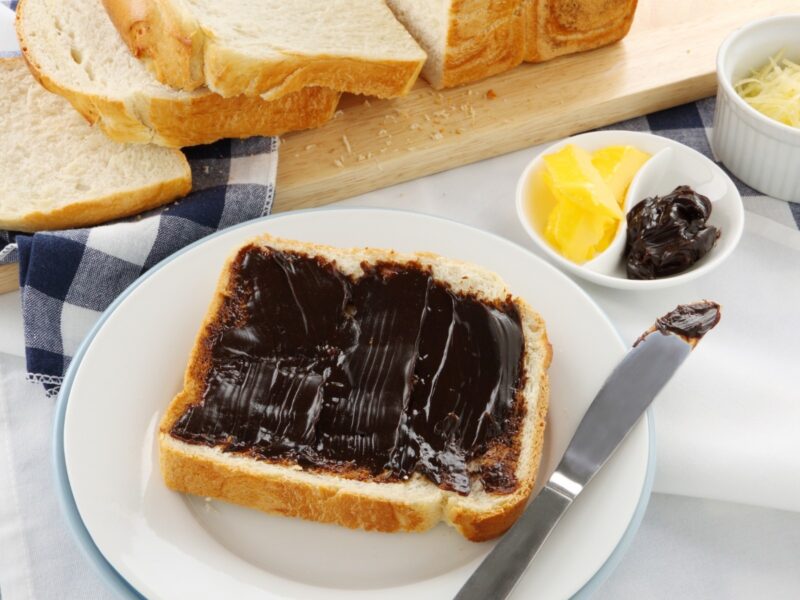Are batang fish and tenggiri the same fish or are they different? Batang fish and tenggiri are both commonly used in Southeast Asian cuisine and have many similarities in terms of appearance, taste, and texture.

Batang Fish Vs. Tenggiri: Are They the Same?
Batang Fish and Tenggiri are actually the same fish, but they have different local names in different regions or countries.
Batang fish is actually another name for Spanish mackerel, which has the scientific name Scomberomorus commerson. It belongs to the mackerel family and is commonly found in the South China Sea and the Straits of Malacca.
It is a popular fish in Southeast Asian cuisine and is often sold fresh or frozen at local markets and supermarkets. Batang fish is the local name for this fish in Malaysia and Singapore, while Tenggiri is the local name in Indonesia.
In some other countries, it may be known by different local names, such as “ikan tenggiri” in Indonesia and “ma jiao yu” or “ban dian ma jiao” in Mandarin.

Characteristics
Appearance
Batang fish or Spanish mackerel has a distinctive appearance that makes it easy to identify.
It has a long, slender body with a pointed head and a deeply forked tail. The fish is typically dark blue-green on the back and silver on the sides, with vertical stripes that run the length of the body.
The scales are small and smooth, and the fins are pointed. Batang fish or Spanish mackerel can grow up to 1.5 meters in length and can weigh up to 40 kg.
Taste and Texture
Batang fish has a rich, oily flavor that is often described as similar to that of tuna.
The flesh is firm and meaty, with a moist and tender texture. When cooked, the fish has a delicate and flaky texture that is easy to chew. The flavor is mild and slightly sweet, with a hint of saltiness.
Nutritional Info
Batang fish is a nutritious fish that is low in calories and high in nutrients. The fish is also a good source of omega-3 fatty acids, which are important for heart health.
In addition, Batang fish or Spanish mackerel is high in vitamins B6 and B12, which are important for energy production and brain function. Fish is also a good source of minerals such as selenium and magnesium, which are important for bone health and immune function.

Culinary Uses
Best Cooking Methods
- Grilling: This method gives the fish a smoky flavor and crispy texture.
- Baking: This method is easy and convenient, and allows you to cook the fish with minimal oil.
- Frying: This method is great if you want a crispy and flavorful exterior.
- Poaching: This method is great if you want a more delicate and tender texture.
- Steaming: This method is great if you want a more delicate and healthy option.
Popular Dishes
- Fish soup and fish porridge: In Singapore and Malaysia, Batang fish is commonly used in fish soup and fish porridge, where it is sliced thinly and poached in a flavorful broth. The fish is often served with rice or noodles, and garnished with fresh herbs and vegetables.
- Asam Pedas: This is a sour and spicy fish stew that is made with tamarind and chili. It is a popular dish in Malaysia.
- Pempek: This is a type of fishcake that is made with a mixture of fish, tapioca starch, and spices. Pempek is a popular dish in Indonesia and is often served with a sweet and sour sauce called kuah cuka, which is made with vinegar, sugar, and chili.
Traditional Local or Regional Dishes
- Fish head curry: This is a spicy and flavorful curry that is made with the head of the fish. It is a popular dish in Singapore and is often served with rice or bread, and garnished with fresh herbs and vegetables.
- Ikan Bakar: This is a grilled fish dish that is marinated in spices and served with sambal, a spicy chili sauce. It is a popular dish in Malaysia.
- Pepes Ikan: This is a dish where the fish is wrapped in banana leaves and grilled with spices. It is a popular dish in Indonesia.
Tips
Buying
- Look for fresh fish: When buying batang fish, make sure to choose a fish that is fresh and has clear eyes, shiny skin, and a firm texture. Avoid fish that has a strong fishy smell or is slimy to the touch.
- Check the packaging: If you are buying frozen batang fish, make sure to check the packaging for any signs of damage or thawing. Avoid buying frozen fish if the package is open, torn, or has ice crystals on it.
Preparing
- Clean and gut the fish: Before cooking batang fish, make sure to clean and gut the fish thoroughly. Rinse the fish under cold water and use a sharp knife to remove the scales and gut the fish.
- Marinate the fish: Batang fish is often marinated in spices or a mixture of soy sauce and sugar before cooking to enhance its flavor. You can marinate the fish for a few hours or overnight in the refrigerator.
Cooking
- Choose the right cooking method: Batang fish is a versatile fish that can be cooked in a variety of ways. Grilling, baking, frying, poaching, and steaming are all great options depending on your preference and the recipe you are using.
- Cook the fish to the right temperature: When cooking batang fish, make sure to cook it to the right temperature to ensure that it is safe to eat. The internal temperature of the fish should reach 145°F (63°C) for it to be fully cooked.
Serving
- Garnish with fresh herbs and vegetables: Batang fish is often served with fresh herbs and vegetables to add flavor and texture. Some popular garnishes include cilantro, green onions, and sliced cucumbers.
- Serve with a dipping sauce: Batang fish is often served with a dipping sauce to enhance its flavor. Some popular dipping sauces include sambal, a spicy chili sauce, and kuah cuka, a sweet and sour sauce made with vinegar, sugar, and chili.












